A powerful earthquake that struck the northwest of Kathmandu in 2015 sent a ripple of destruction through the country. Not far from its epicentre, Bhaktapur bore the brunt of the natural disaster that damaged houses and religious structures. After years of reconstruction, despite lingering signs of ruin, this ancient town continues to preserve harmony between the old and the new.
After departing the capital city, we stopped at the heritage site for a few hours. While waiting to pay for entry, I noticed a large map of the red-bricked city that gleams in the sunshine. It looks like a butterfly, but some say a pigeon. Bhaktapur was once the seat of power for royal dynasties in the 14th-15th centuries, though some trace its roots to earlier eras. It is one of seven monument zones of the Kathmandu Valley. In recent years, the medieval city has become a popular pilgrimage site.
A sloping street is lined with brick houses. I walked up carefully to avoid motorbikes that appeared out of nowhere. While some have moved out in the aftermath of the quake, others who survived have turned their homes into guesthouses, restaurants, cafes or handicraft shops to accommodate the growing number of tourists. In 2022, more than 167,000 foreigners visited the city.
"But they have preserved ancient houses because they have connection and memory," said Alina, a local guide.
Bhaktapur Durbar Square is a vast complex of palaces, temples and pagodas. Upon entry, visitors are struck by a dome-like place of worship, though some compare it to a pumpkin. Because of the recent earthquake, Silu Mahadeva Temple received a grand facelift. It is flanked by pairs of mythological creatures. Nearby, a couple of stone lion statues are on guard. A few workers were busy replacing bricks.
"According to local legend, an artisan had his hands severed after completing the task because the king feared that he would create better art," she said.
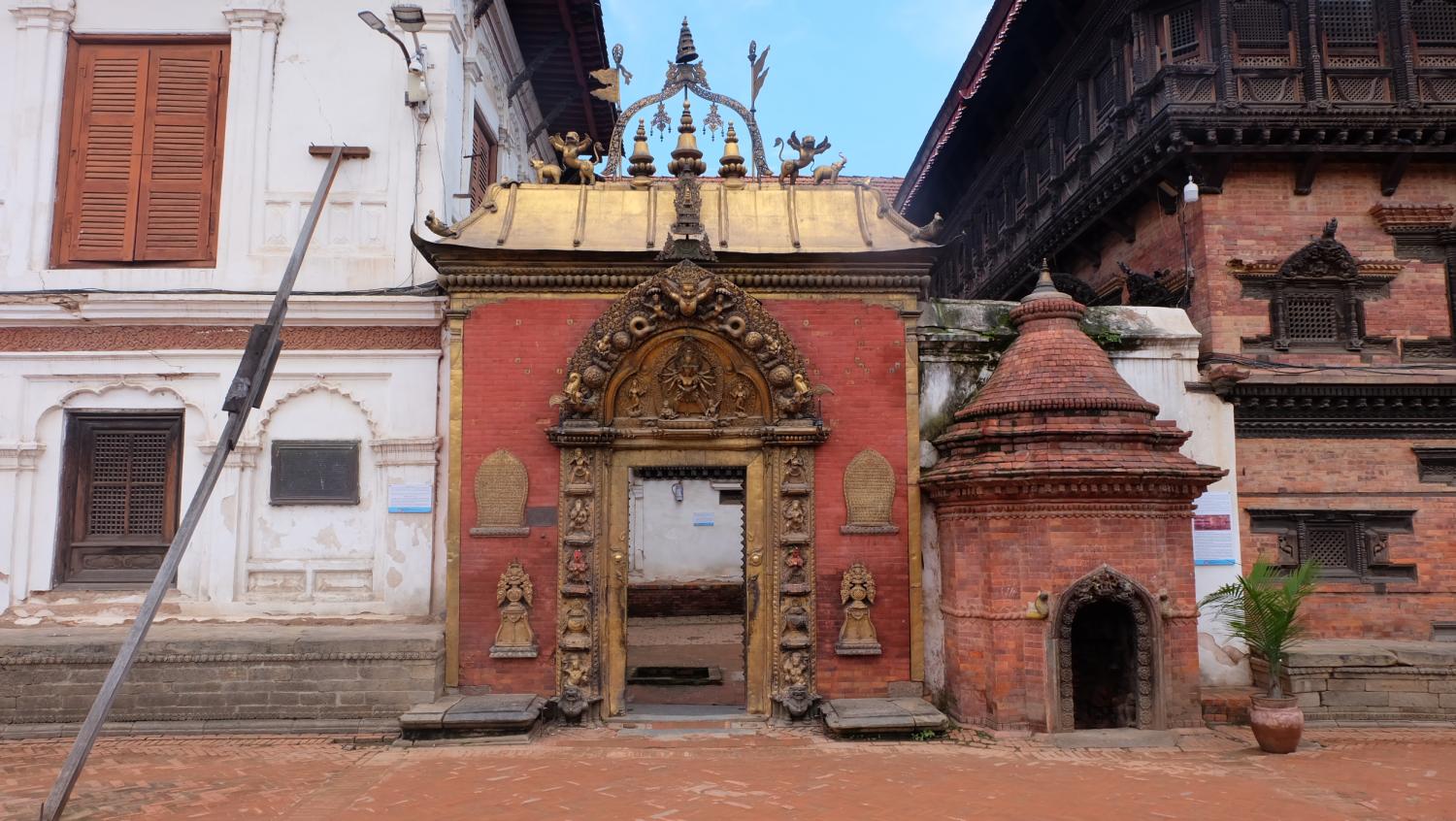
The Golden Gate, left, is the main entrance to Bhaktapur Royal Palace. It is adjacent to 55 Window Palace on the right.
Fifty-five Window Palace offers a glimpse into a regal past. As its name suggests, some visitors, including me, cannot help counting the number of elaborately carved wood windows. Inside, murals portray deities and monarchs. Nearby, the Golden Gate is the main entrance to Bhaktapur Royal Palace. It was built in 1754 as the economy improved. At the time, Nepal prospered through gold and foreign trade.
Because of the intense heat, Alina introduced us to refreshing juju dhau (a kind of yoghurt or curd) in small clay pots. It is Bhakapur's most famous sweet dish. Walking further, visitors can browse for souvenirs like paintings and singing bowls. A narrow alley opens out to a bustling square.
Nyatapola, a five-storeyed pagoda, is the country's tallest temple and exemplifies the height of craftsmanship and engineering. A staircase is accompanied by stone effigies.
Dhulikhel is 90 minutes from Kathmandu. A bumpy road winds through its outskirts. Rolling hills are dotted with bright houses and plantations. As Nepal is an agricultural country, rice and maize are the main crops grown on hilly slopes. We were briefly dropped off at Panauti, believed to be the country's oldest village and located at the confluence of sacred rivers where devotees take a dip during the Makar Mela festival which occurs once every 12 years.
A narrow, meandering road goes up the hill. Soon, Namo Buddha came into sight. It is a retreat centre and monastic college that has become a renowned pilgrimage site. Upon arrival, monks allowed us to join their congregation for the late founder. Born in Tibet in 1933, Thrangu Rinpoche worked very hard to establish the monastery because there were no roads or water. It is now a sprawling complex of temples, stupas and shrines.
In the main hall, Lord Buddha stands around two floors in height, encircled by monk-made candle sculptures. On the top of the monastery, there is a cave where Prince Sattva sacrificed his life for a tigress. According to local legend, he is one of the previous avatars of the Buddha. As the tigress and her cubs were dying of starvation, he offered his body rather than kill other creatures to feed them.
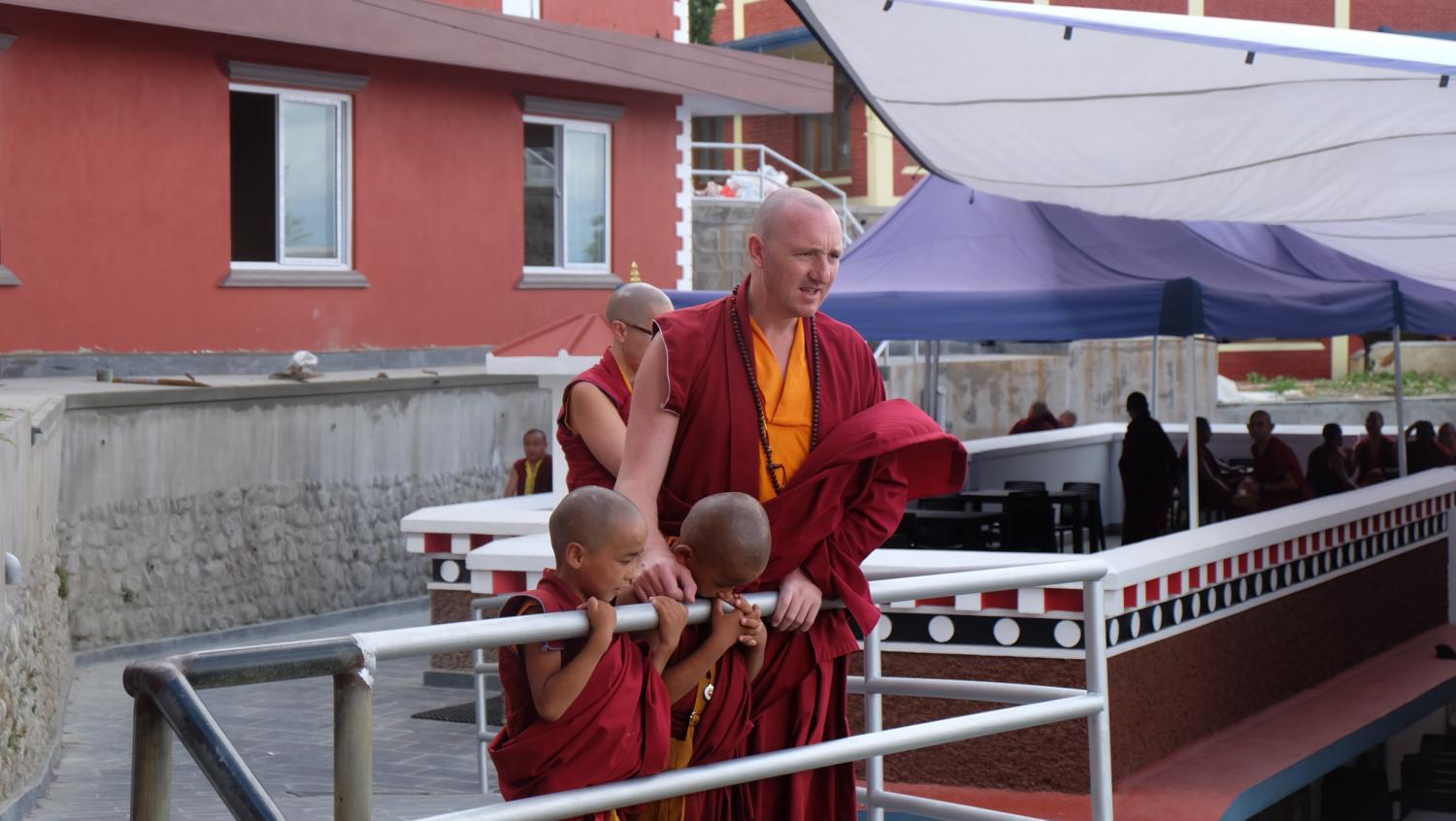
At Namo Buddha, photography is not allowed inside. Here, monks adhere to Tibetan Buddhism.
Namo Buddha is home to a large number of novices who are trained in religious philosophy and other subjects, including maths and science. A senior monk who guided us was ordained from an early age and committed to teaching other followers. Far from the hustle of the city, Namo Buddha is a serene place for the contemplative mind. Visitors can engage in religious practices such as circumambulation and making offerings.
I stayed two nights at Dusit Thani Himalayan Resort Dhulikhel, which is around 10 minutes from Namo Buddha. It opened in July together with Dusit Princess Kathmandu. Although there are local guesthouses, Dusit makes its mark for being the first international resort in Dhulikhel. It lies between the Mahabharat Range and the Alpine Highland Ridge. In addition to leafy woods, guests can revel in the heavenly sight of the Himalayas and rolling clouds.
Ramesh Hamal, a partner, explained how collaboration is needed to bring about high-value tourism in Nepal. He worked with a construction company to build internal roads because topography, especially in Dhulikhel, was not accessible to visitors. When it comes to management, he put his trust in Dusit for its hospitality legacy.
"I would like to make sure that this endeavour is not only giving us investment returns but also creating a local economy," he said.

Dusit Thani Himalayan Resort Dhulikhel opened in July.
Suphajee Suthumpun, group chief executive officer with Dusit, affirmed her commitment to its four pillars, including sustainability. It can translate into responsibility for environmental protection; support for the local economy; and contribution to the well-being of the community. At Thaan, for example, we sampled an eclectic mix of local dishes.
"By embracing sustainable practices, we are leaving positive footprints that will endure for generations to come," she said.
The hotel arranged a trekking trip to nearby villages to show the local way of life. Jidan, a guide in his late 20s, took us to the top of a hill. At 17, he finished school and followed in his father's footsteps. We met Ganagra, an artisan with over 40 years of experience in the foothills, and bought his ornaments. When my travel companion stepped in the mud, villagers came forward to help her. They were smiling and greeting us along the way.
"Namaste! Welcome to Nepal," they said.
This is the final of a two-part travel series that explores tourism in Nepal following the 2015 earthquake.
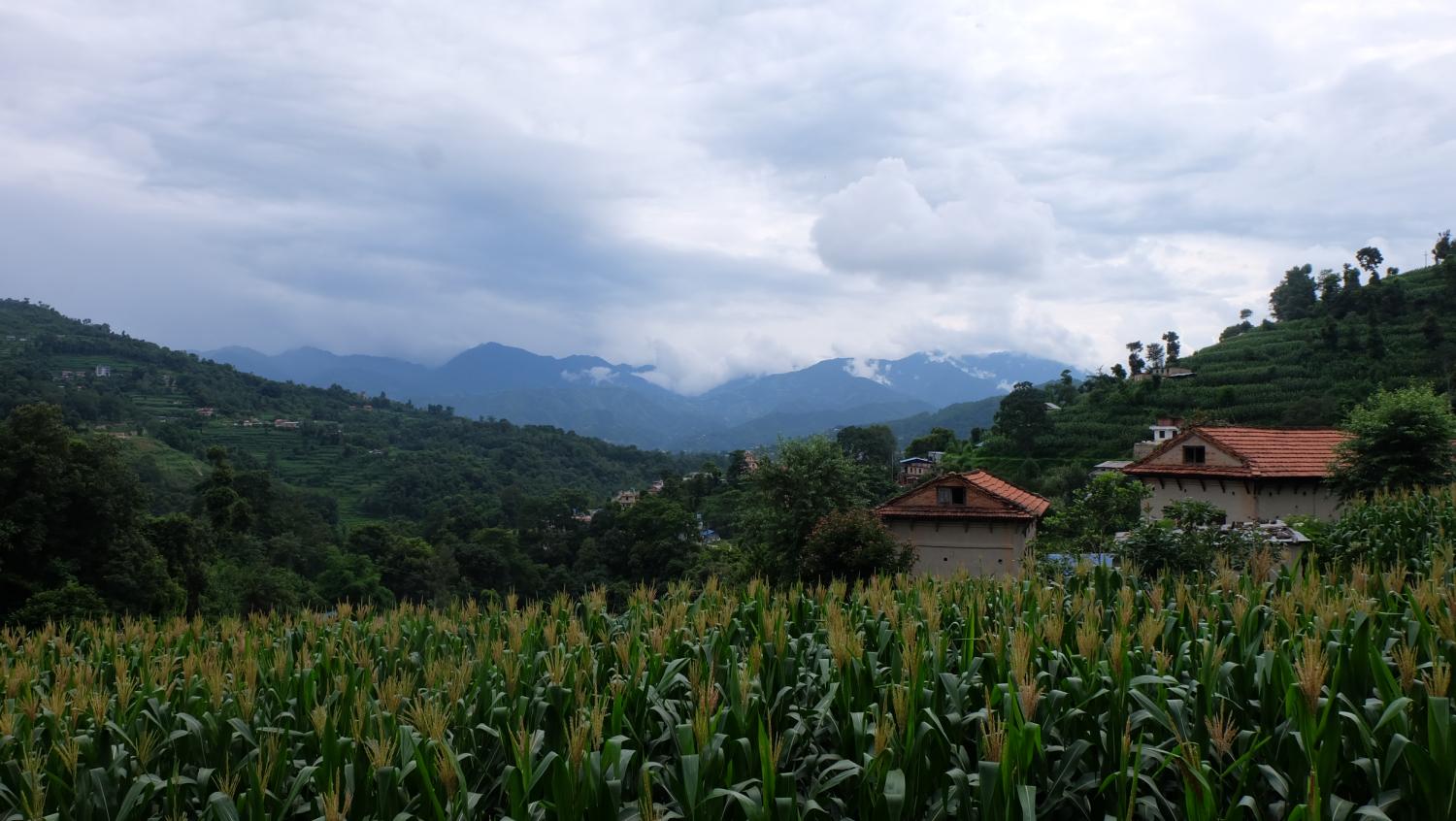
Farmers grow maize on hilly slopes.

From the terrace of Dusit Thani Himalayan Resort Dhulikhel, guests can enjoy views of the Himalayas, rolling clouds and a lush valley.

Local dishes at Thaan, Dusit Thani Himalayan Resort Dhulikhel.

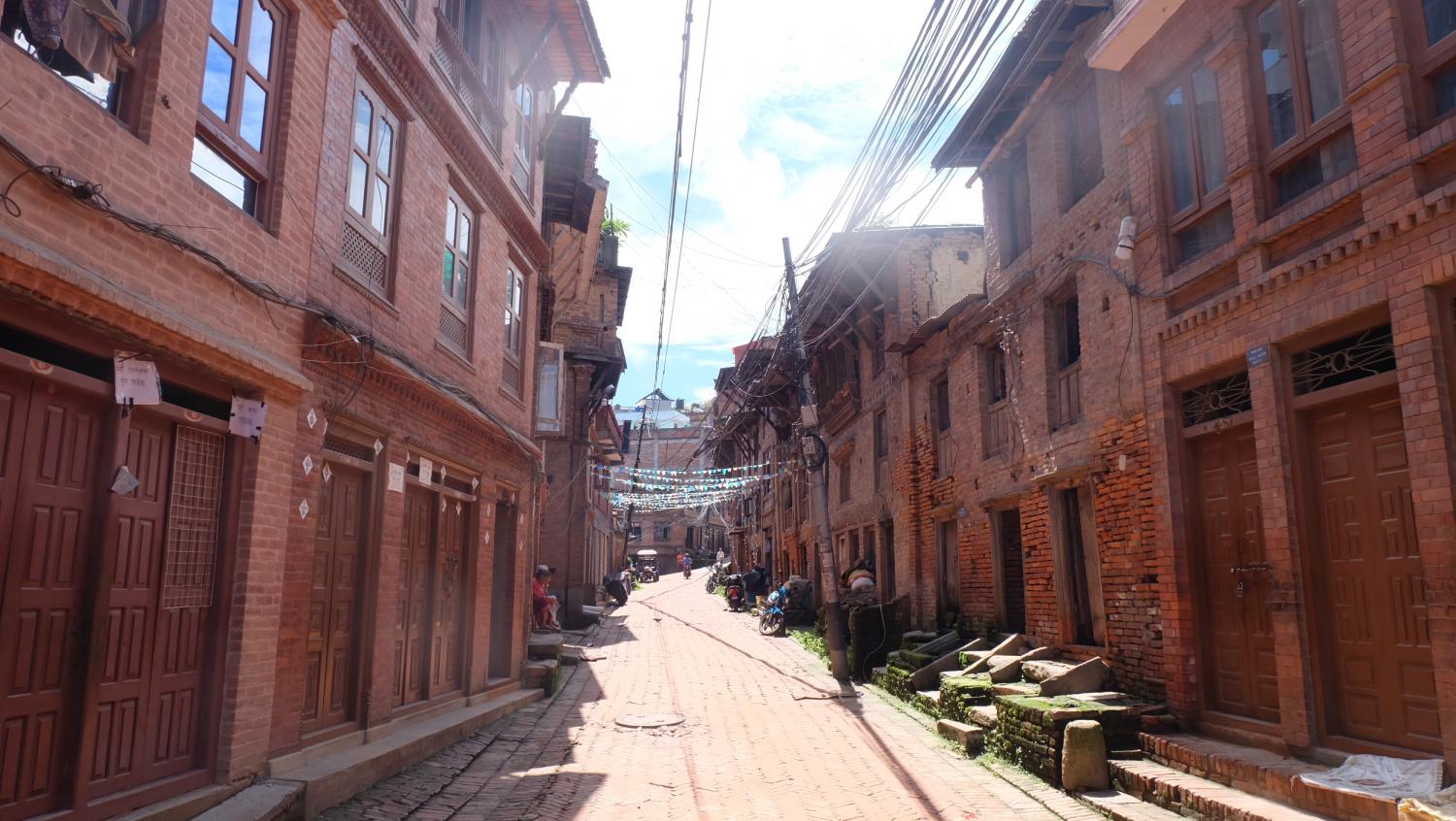
In Bhaktapur, a sloping street is lined with ancient houses.
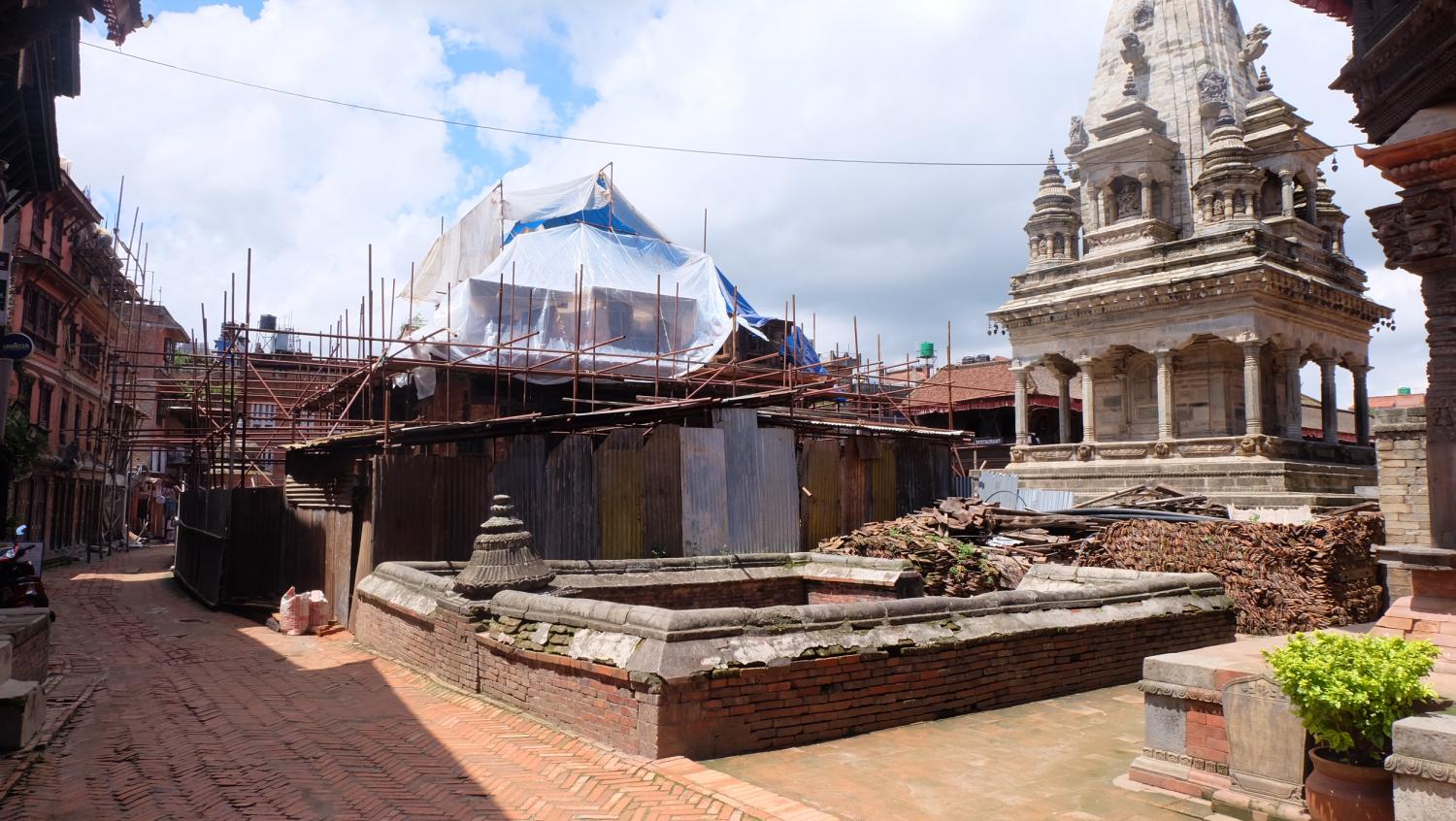
Some monuments are still being renovated.
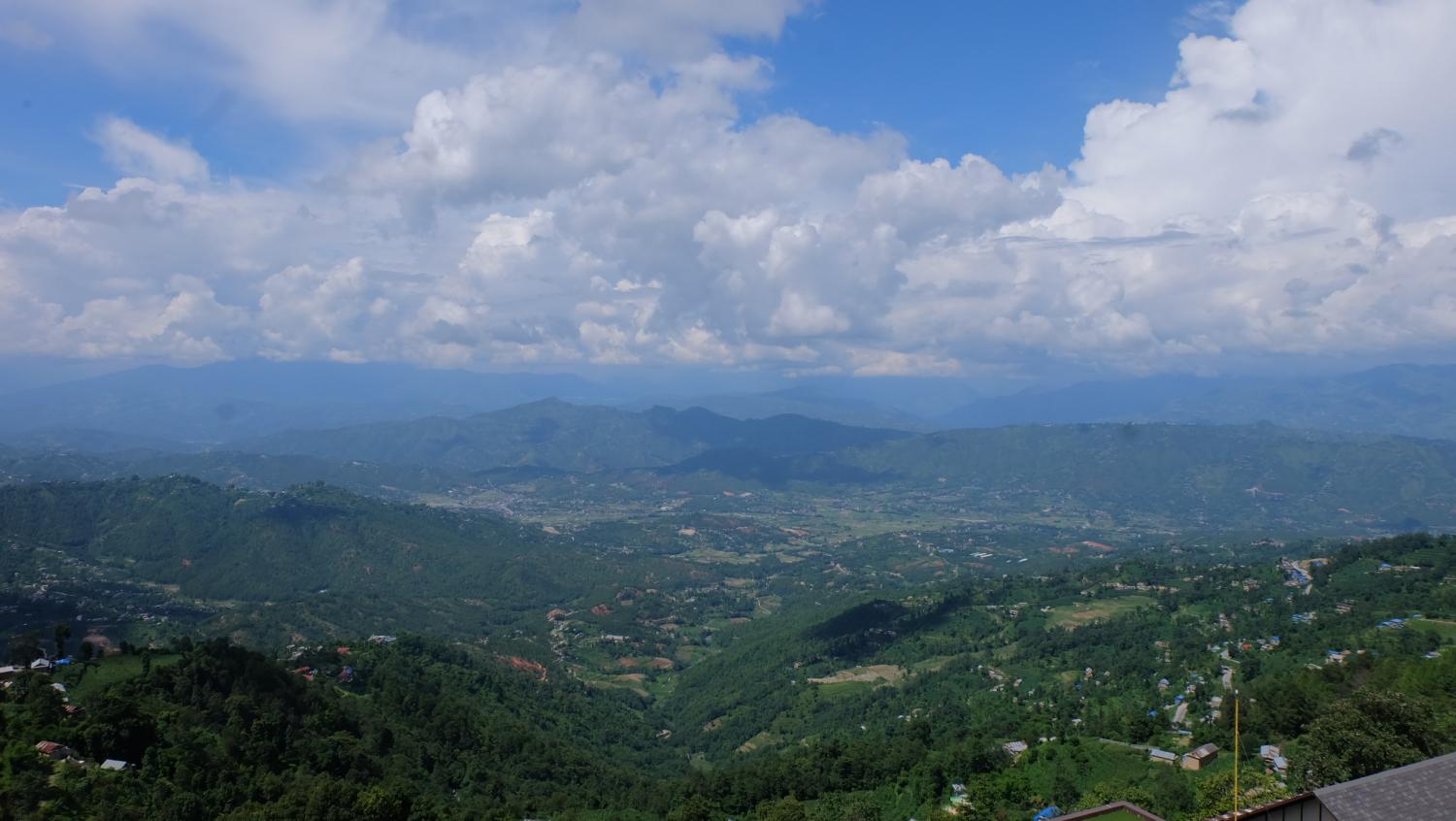
From the terrace of Dusit Thani Himalayan Resort Dhulikhel, guests can enjoy views of the Himalayas, rolling clouds and a lush valley.

Bela Bar at Dusit Thani Himalayan Resort Dhulikhel.

